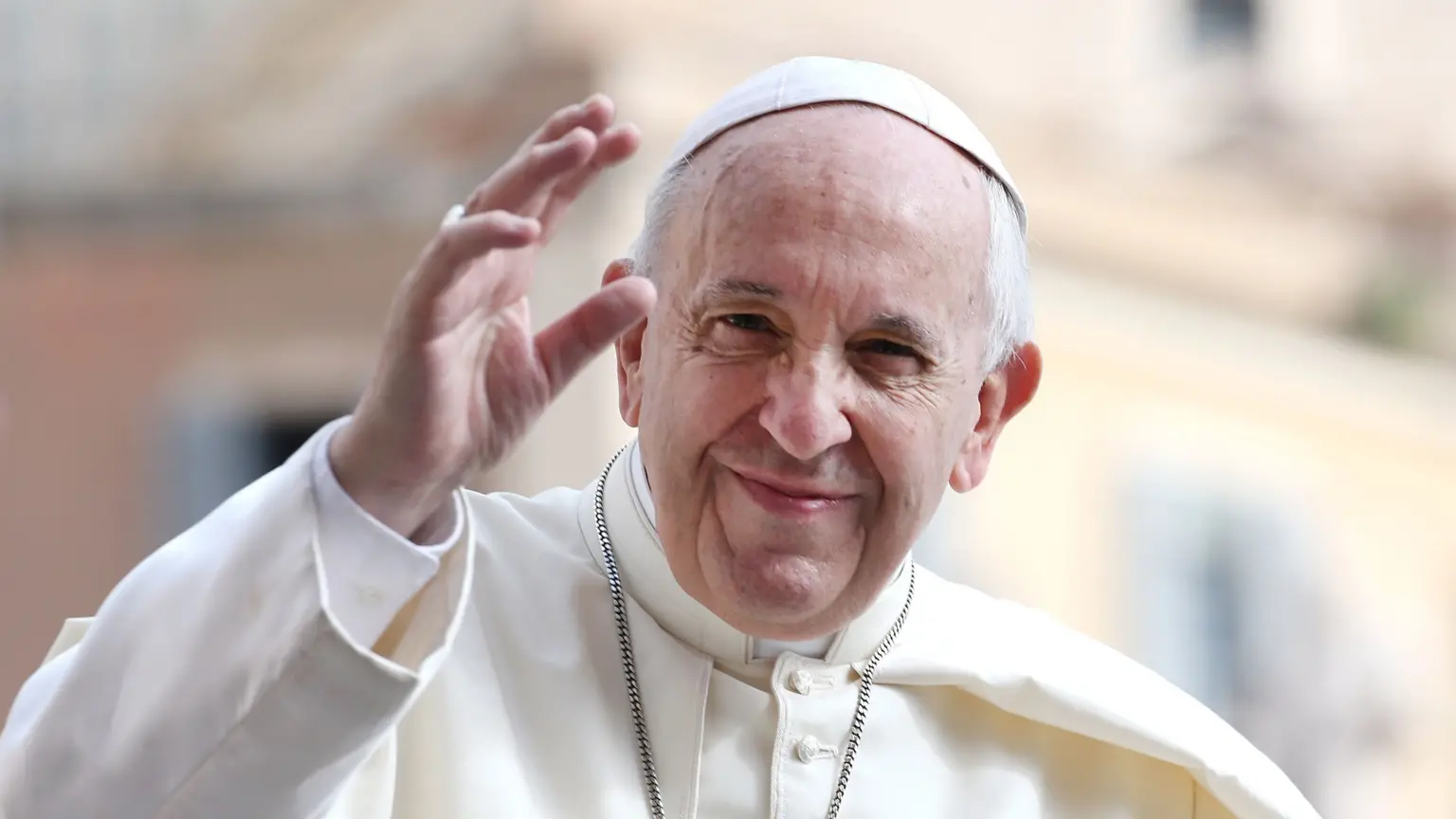
What happens when pope dies?
Pope Francis has passed away at the age of 88 after serving as the spiritual leader of the Roman Catholic Church for twelve years. His death has prompted a mourning period steeped in centuries-old traditions and set into motion the intricate process for electing a new pontiff.
The Vatican confirmed the Pope’s death on Easter Monday announcing that his body will be laid in a coffin in a chapel at his Saint Martha residence for public viewing. Cardinal Kevin Farrell, the Pope’s camerlengo is responsible for officially confirming the death, managing the mourning schedule and overseeing the rites associated with the Pope’s passing. No autopsy is performed and a death certificate will be issued.
As part of the mourning customs, Pope Francis’ personal residence will be locked and sealed and protocols will be followed to ensure the Pope’s ring and lead seal which authenticate official documents are destroyed to prevent misuse.
Pope Francis will not be laid on a raised platform, a departure from tradition. Instead, he will be placed in a simple wooden coffin with the lid removed, allowing the faithful to pay their final respects. His funeral is scheduled to take place within four to six days following his death culminating in a mass in St. Peter’s Square.
Notably, Pope Francis requested to be buried at Rome’s Basilica of St. Mary Major near an icon of the Madonna, making him the first Pope in over a century not to be interred in the Vatican’s crypt at St Peter’s Basilica. This reflects his penchant for simplicity highlighted by his choice of a plain casket rather than the elaborate, multi-layered coffins preferred by his predecessors.
In the wake of his death, the process of selecting a new Pope will begin. Cardinals from around the world will gather at the Vatican for a conclave with voting expected to take place 15 to 20 days posthumously. The Church’s political landscape will be temporarily governed by the College of Cardinals which will manage the Church’s affairs until a new leader is elected.
The conclave operates in strict secrecy with cardinals isolated from the outside world to deliberate and vote on a successor. The election requires a two-thirds majority and if successful, the new Pope will be introduced to the public from the balcony of St. Peter’s Basilica with the words “Habemus Papam” – “we have a Pope.”
While canonically any baptized Catholic male can be elected Pope, cardinals typically favor one of their own. Only 138 of the current 252 cardinals are eligible to vote, as those over 80 years old can participate in discussions but are excluded from voting.
The death of Pope Francis marks the end of a papacy defined by a commitment to reform and accessibility and the world now turns its attention to who will carry on his legacy as the Catholic Church prepares to enter a new chapter.
